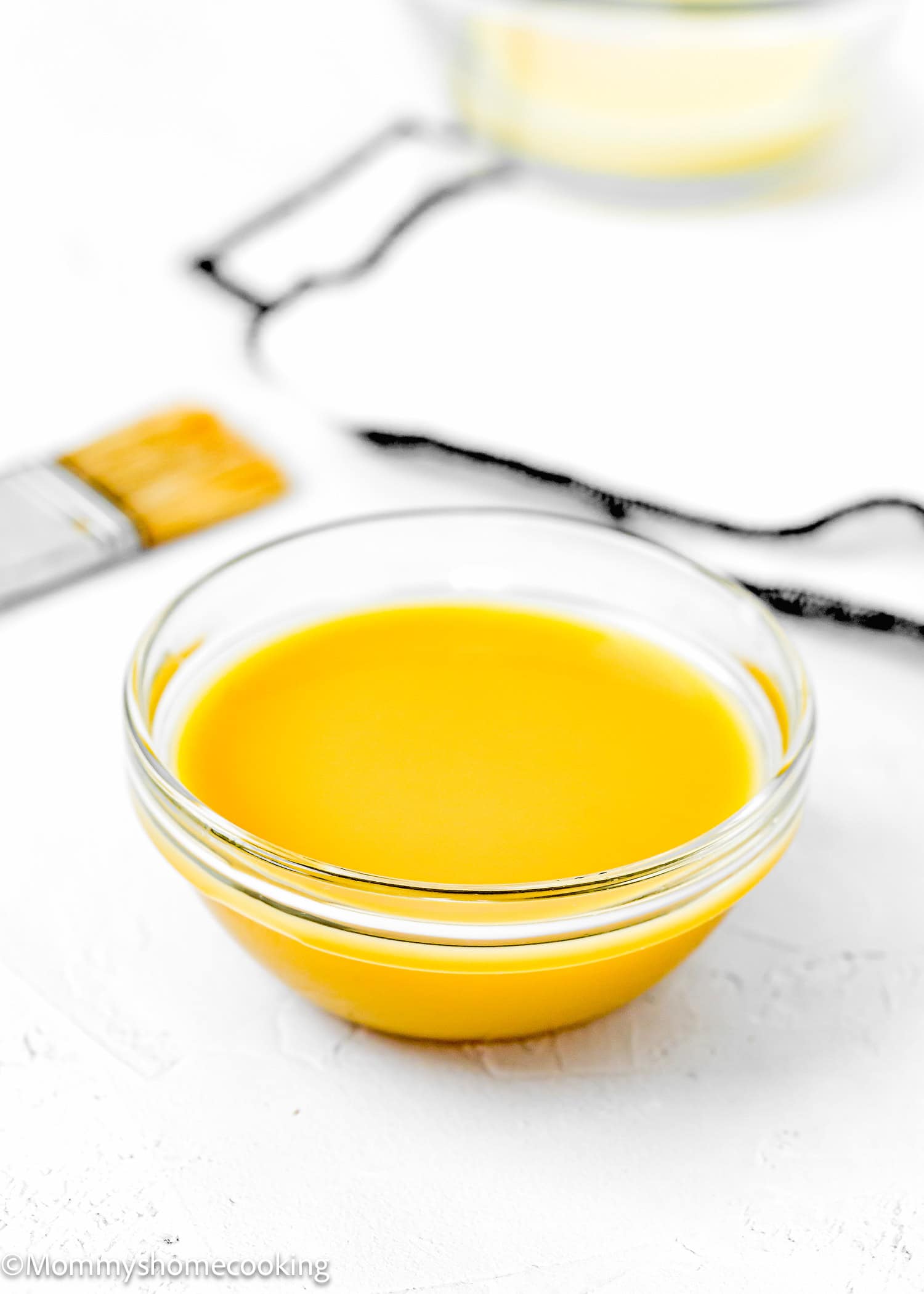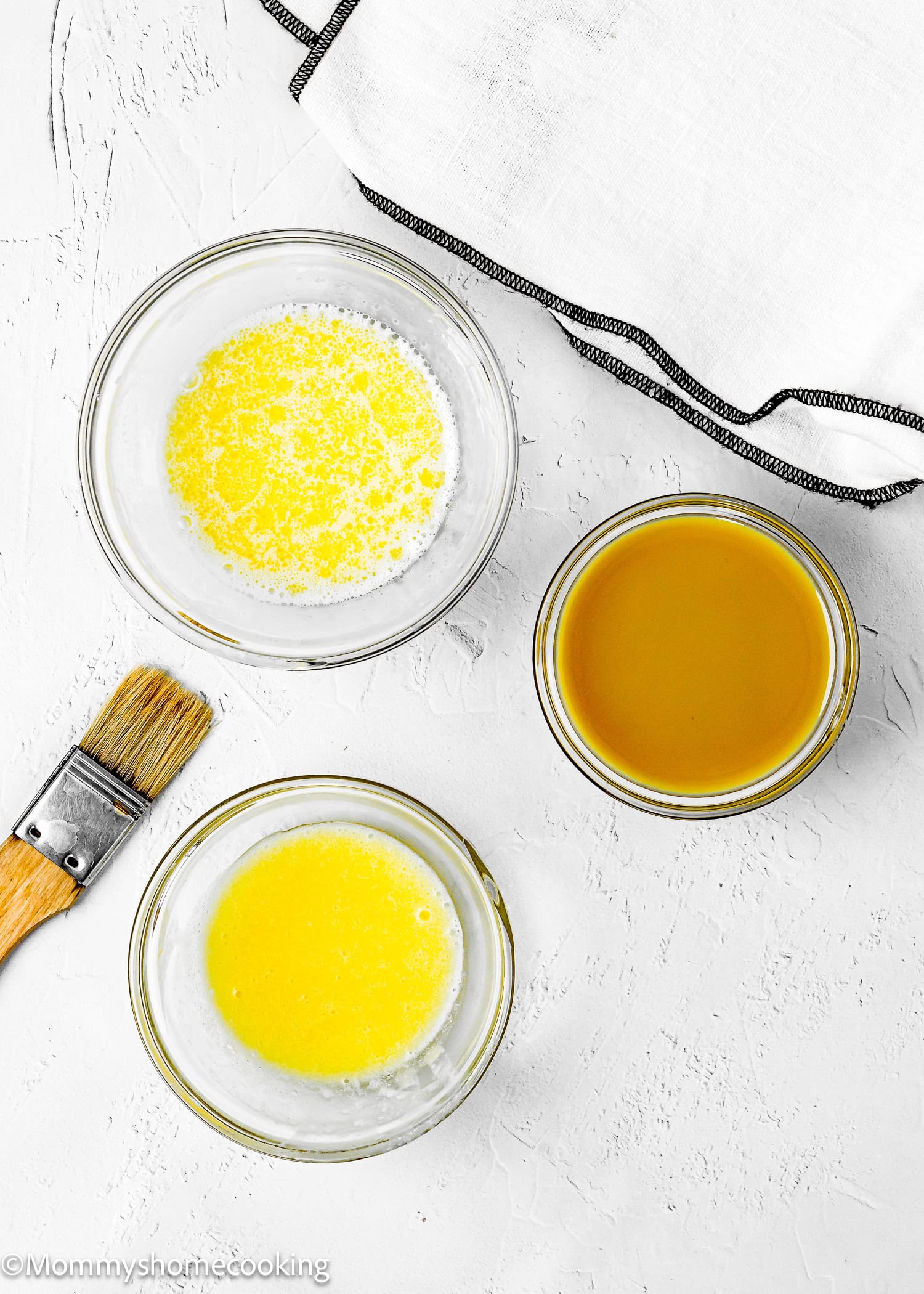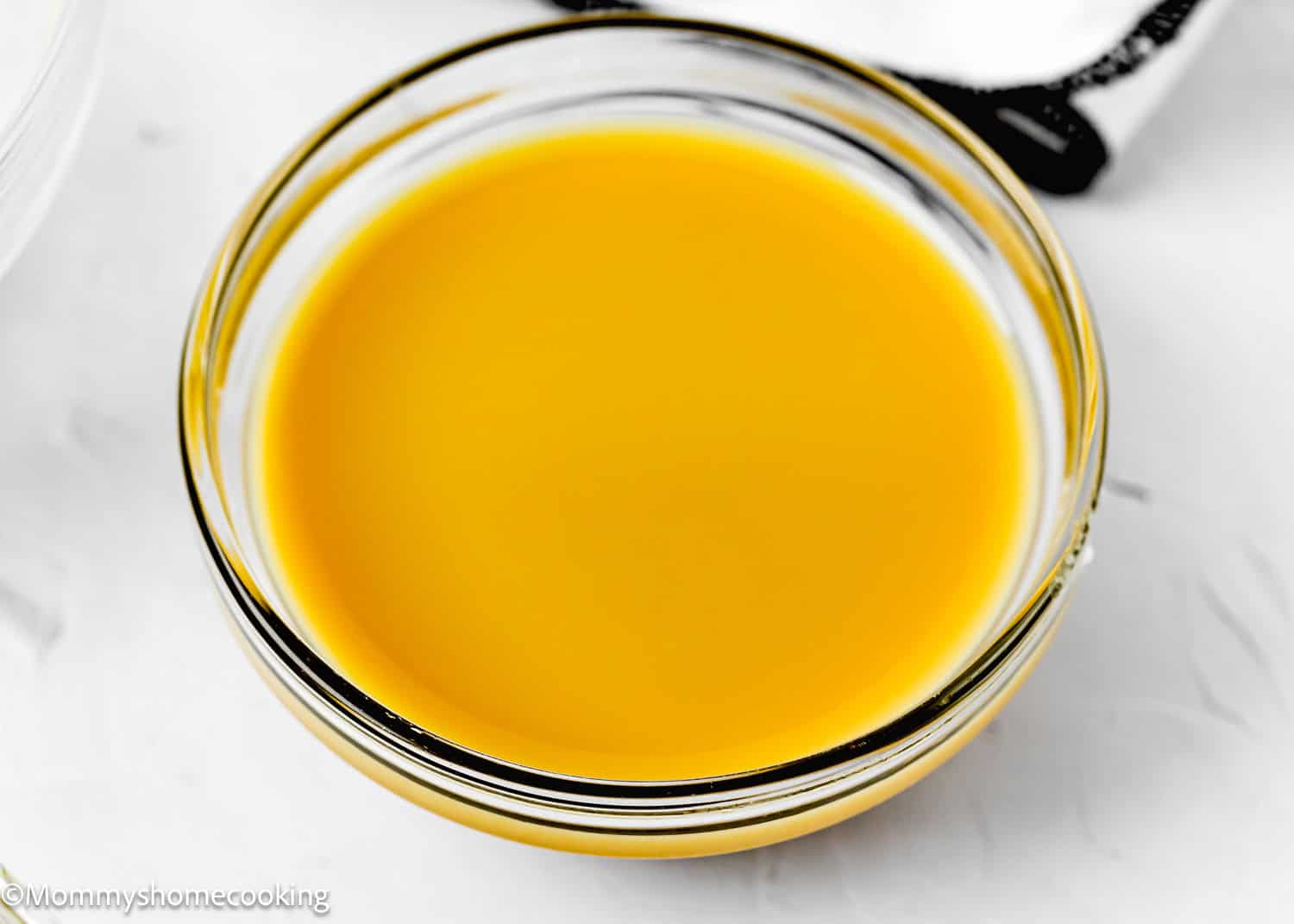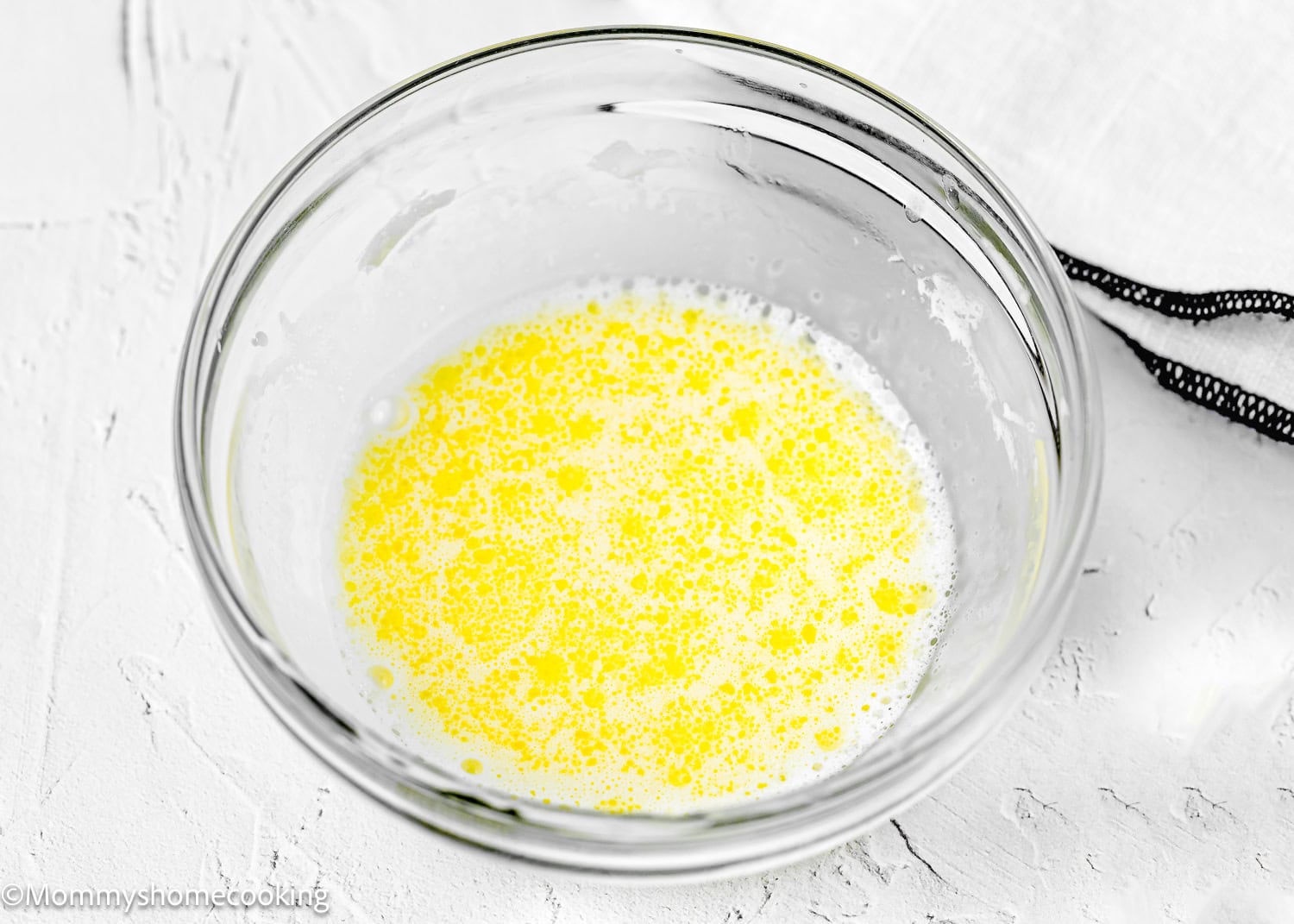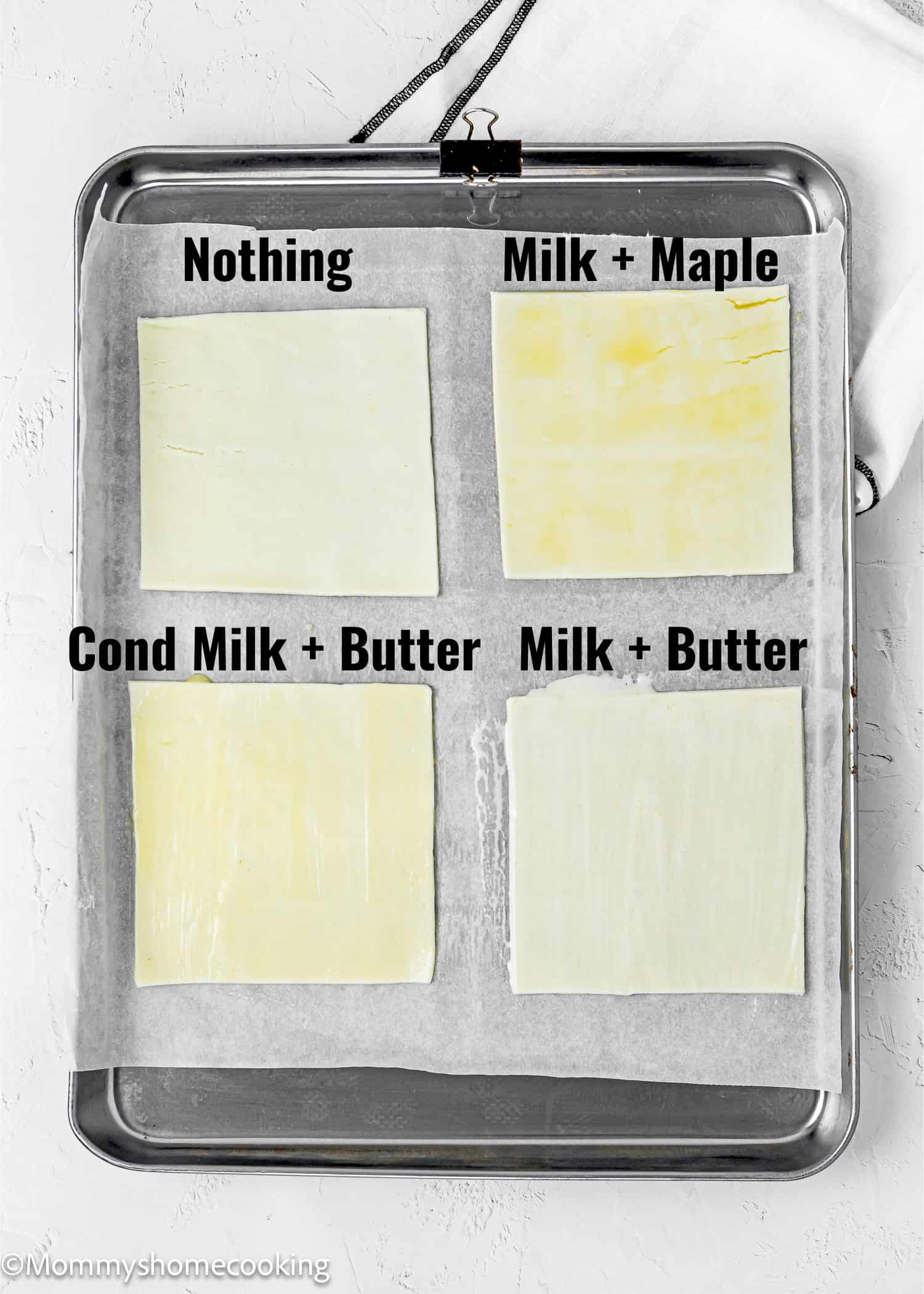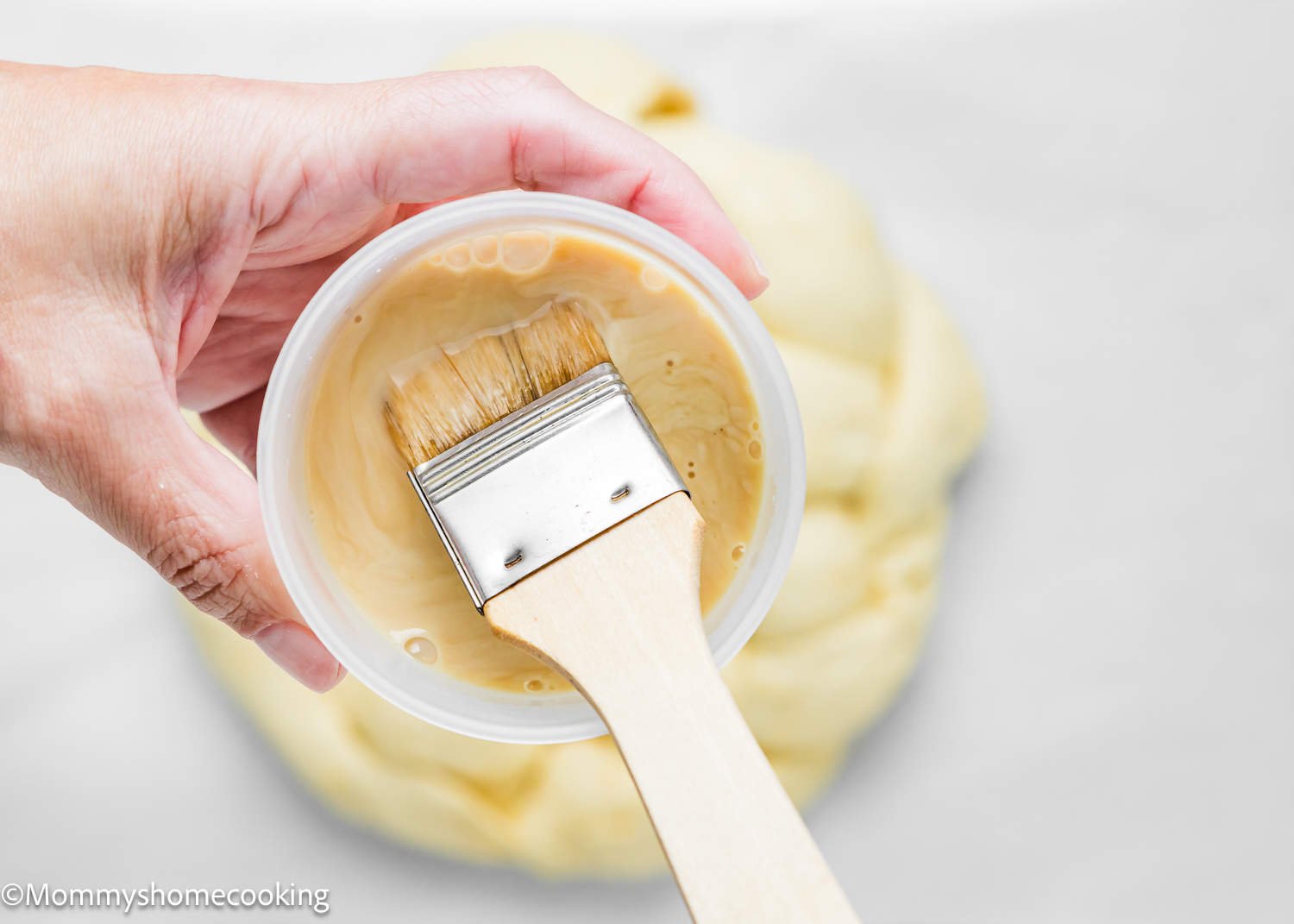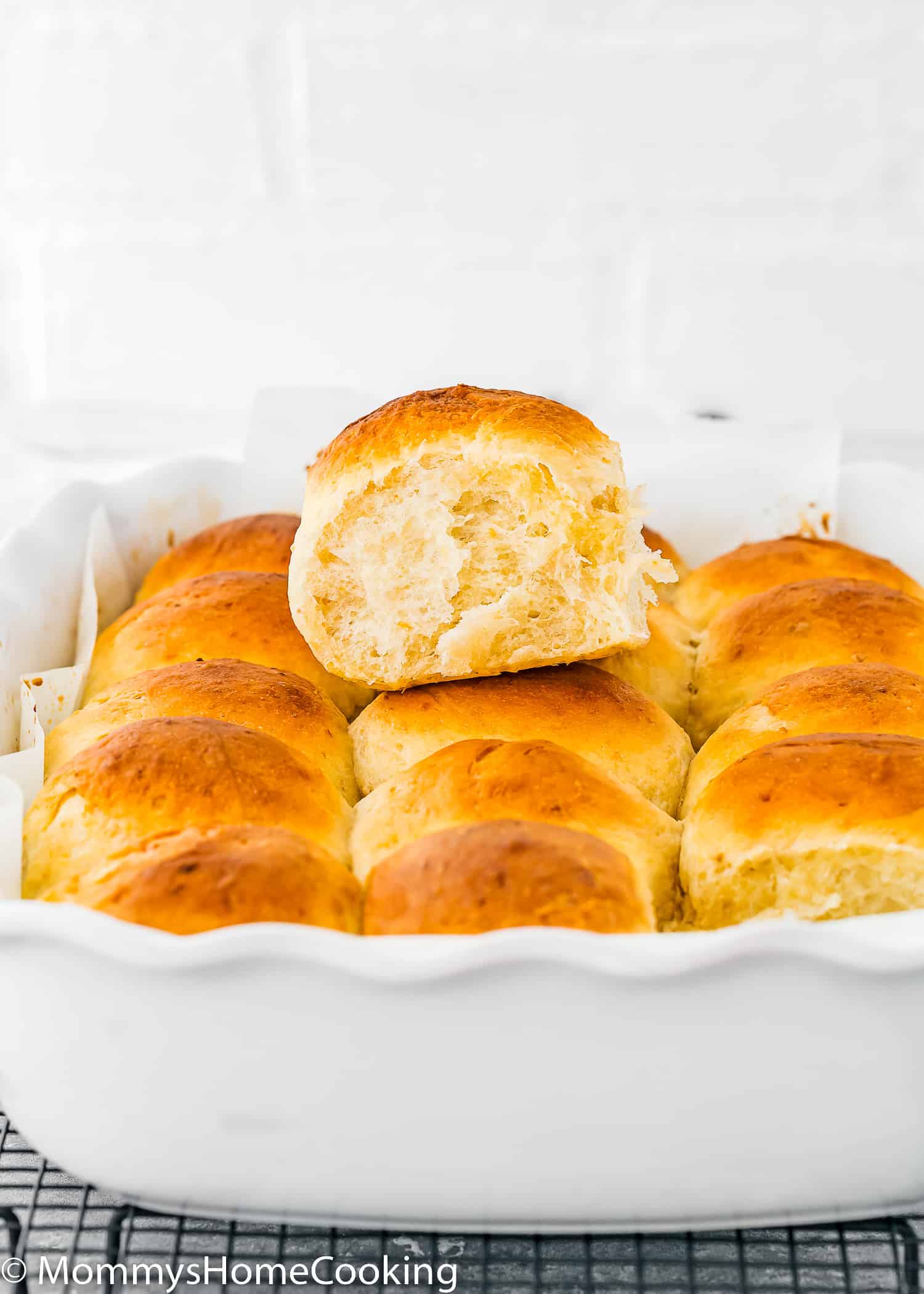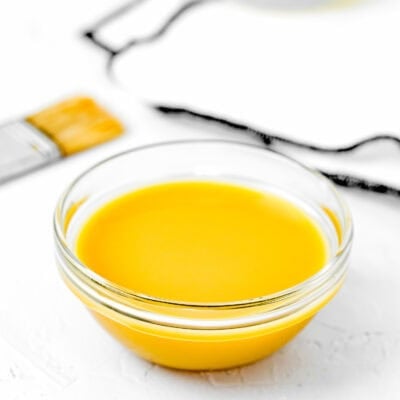The Ultimate Guide for Egg Wash Substitute: Your Eggless Baking Secret Weapon!
Today, we’re diving into one of the most magical secrets of egg-free baking perfection: Egg Wash Substitute! Egg wash is like a magic wand for bakers, adding shine, color, and flavor to your creations. With this ultimate guide, you’re equipped to elevate your baking game to new heights, even if you can’t consume eggs due to an egg allergy or intolerance or just realized that you ran out of eggs in the middle of your baking project. So, let’s crack into it!
What is Egg Wash?
First things first, what exactly is egg wash? It’s a simple mixture made by whisking together eggs (usually whole, but sometimes just the yolks or whites) with a bit of liquid. This liquid can be water, milk, or cream, depending on what you’re baking and the effect you’re going for.
Why Use Egg Wash?
Egg wash serves several purposes in baking:
The Science Behind Egg Wash
When you bake with egg wash, the proteins and sugars in the egg react with heat to create delicious flavors and a golden-brown crust. Egg whites and yolks are rich in proteins and sugars. When baked, these proteins and sugars undergo a series of chemical reactions known as Maillard reactions, which create hundreds of flavor compounds and contribute to the golden-brown color of baked goods. The secret to a good egg wash substitute lies in finding ingredients that mimic the key characteristics of traditional egg wash, such as providing shine, promoting browning, and acting as a binder. This can be achieved by combining protein, sugar, and fat.
Types of Egg Wash Substitute
Now, let’s talk about the different types of egg wash substitutes and when to use them:
1 – Milk and Maple Syrup
This is made by whisking together equal parts of milk (whole milk is preferred) and maple syrup. It gives a shiny, golden-brown finish and is perfect for most baked goods, such as pies and sweet pastries. You can also use agave or golden syrup.
2 – Sweetened Condensed Milk and Butter
This is two parts sweetened condensed milk and one part butter. Compared to milk and maple, it adds a richer color and more shine. Ideal for items like brioche, challah, and croissants.
3 – Milk and Butter
Made with equal parts of milk and melted butter. It gives a shiny finish without adding too much color or flavor, making it great for delicate, savory pastries.
4 – Milk
If you don’t want to make an egg wash substitute, brushing your baking with milk before it goes into the oven works great, too. I recommend using whole milk since it has a higher fat content, which helps in browning.
5 – Butter
Butter wash is a simple yet effective way to add flavor, shine, and richness to your baked goods. Butter wash is a simple mixture of melted butter and sometimes other ingredients like herbs or spices. It’s brushed onto baked goods before or after baking to add flavor, shine, and richness. I use butter wash when making yeasted bread recipes, like savory bread and rolls.
Vegan Egg Wash
If you’re following a vegan lifestyle, fear not! There are plenty of options to achieve that glossy, golden finish. Here’s everything you need to know about vegan egg wash: Use Plant-Based Milk: Choose your favorite non-dairy milk. These provide the liquid base for your vegan egg wash. I recommend using milk with a high protein content, such as soy or pea milk. Keep in mind that non-dairy milk has much less protein than regular milk/cream, so browning will be less. Use Vegan Butter: Melted vegan butter to add richness to your wash. Sweetener: A touch of maple syrup or agave nectar can enhance browning and add a hint of sweetness, but it’s entirely optional. You can also use Nature’s Charm Sweetened Condensed Oatmilk.
Which Is Best?
I personally like to use the combination of milk and maple syrup. It gives me a nice, even golden color, and I don’t mind the subtle, sweet notes the maple syrup adds. I use the sweetened condensed milk and butter combination when I make bread, like my Eggless brioche, which requires a darker color.
How to Apply Egg Wash Substitute
Here’s a simple step-by-step guide:
Tips for Perfect Egg Wash Substitute
Consistency is Key: Aim for a smooth, uniform consistency when whisking your egg wash substitutes. Don’t Overdo It: Apply the egg wash sparingly to avoid creating soggy patches on your pastries. Chill Out: If your dough needs to chill before baking, apply the egg wash substitute just before baking to prevent it from drying out. Experiment: Feel free to experiment with different liquids and toppings to achieve the desired effect for your baked goods.
Storage
Store the egg wash substitute in a small jar or plastic container with a tight-fitting lid in the refrigerator. Typically, egg wash substitutes can be stored in the refrigerator for 5 – 7 days. Check the expiration date of the ingredients used to make the egg wash substitute.
Ways to Use Egg Wash Substitute
BEST Eggless Brioche Bread Recipe Eggless Homemade Hawaiian Rolls Homemade Eggless Crescents Rolls (Easy) Soft & Easy Eggless Dinner Rolls Eggless Honey Whole Wheat Rolls Browse more recipes…
Recipe Card 📖
